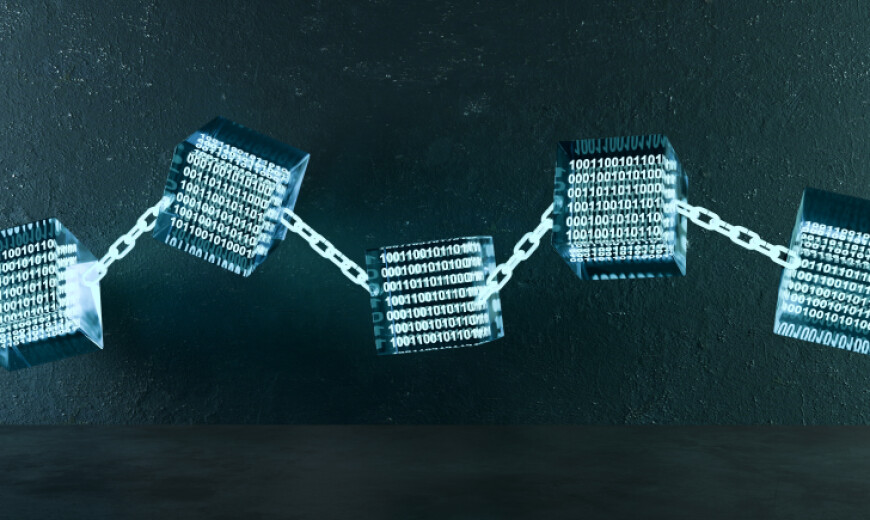Zero Trust is emerging as a favoured solution to achieve better cybersecurity. The basic idea: Don’t trust any device on a network without continuous verification. Unlike castle-and-moat models that divide devices into trusted insiders and malicious outsiders, Zero Trust assumes that every device needs continual verification.
Instead of assuming devices can be trusted, Zero Trust relies on:
- Least-privilege access, meaning users are granted the lowest levels of permission required to carry out a specific task
- Continual verification and authorization of each connection to ensure the interaction meets security policies
- An evaluation of the authenticity of every connection based on contextual data
Zero trust is not a product, but an approach that combines technologies including but not limited to: Secure Access Service Edge (a cloud architecture model that consolidates network and Security as a Service functions into one cloud service), Zero Trust Network Access (grants remote users access to assessing each request individually), Next-generation firewalls, Identity and Access Management (a combination of business processes, policies, and technology to facilitate the management of digital or electronic identities), or microsegmentation (splits a network into logical and secure units).
The benefits of Zero Trust for businesses
- By continuously requiring verification, Zero Trust can protect a company’s security regardless of an employee’s physical location, and will therefore play a pivotal role in the future of work.
- In some offices, developers feel that security processes slow down their work flow - Zero Trust removes these extra steps, as well as the need for a firewall or VPN.






